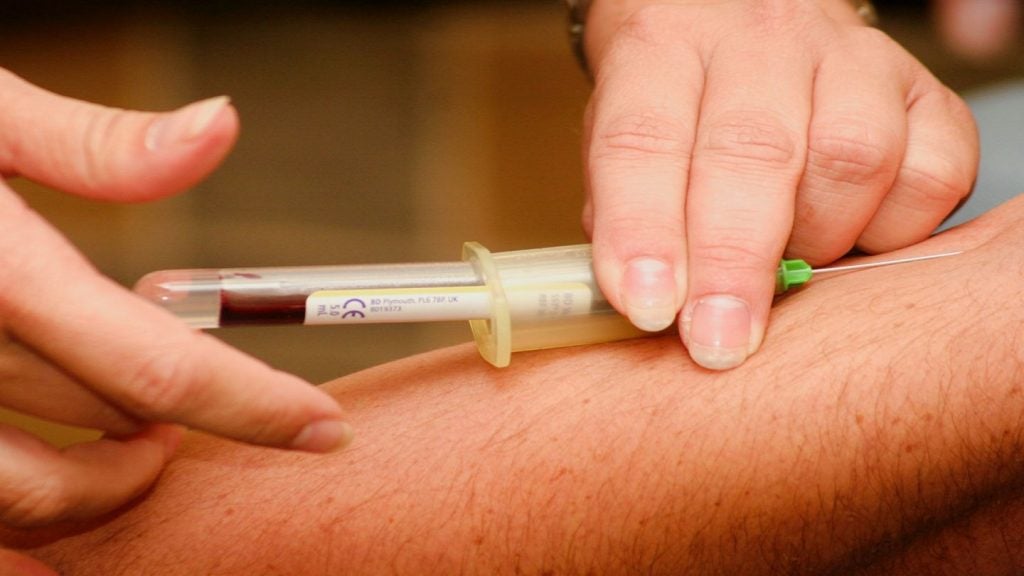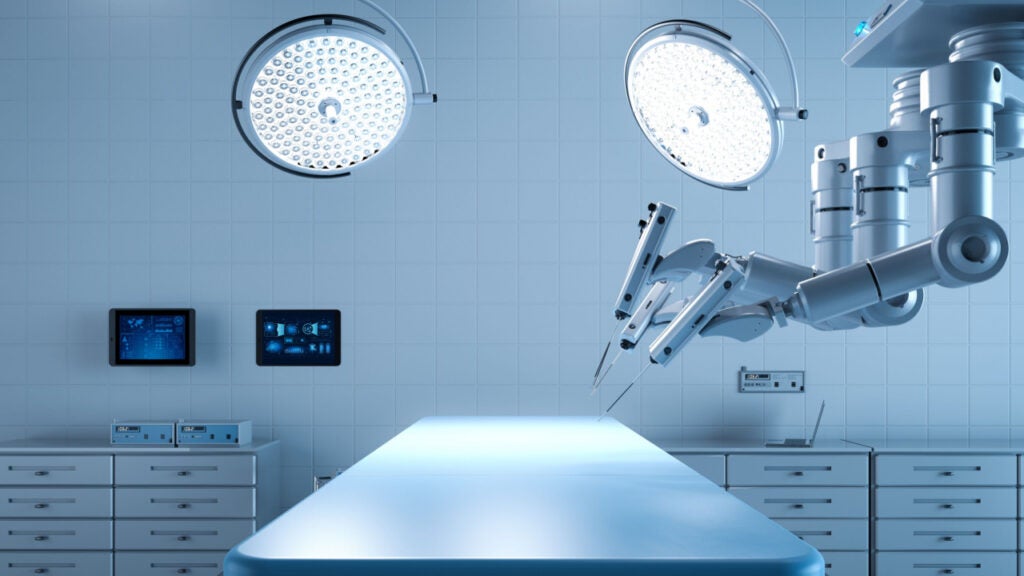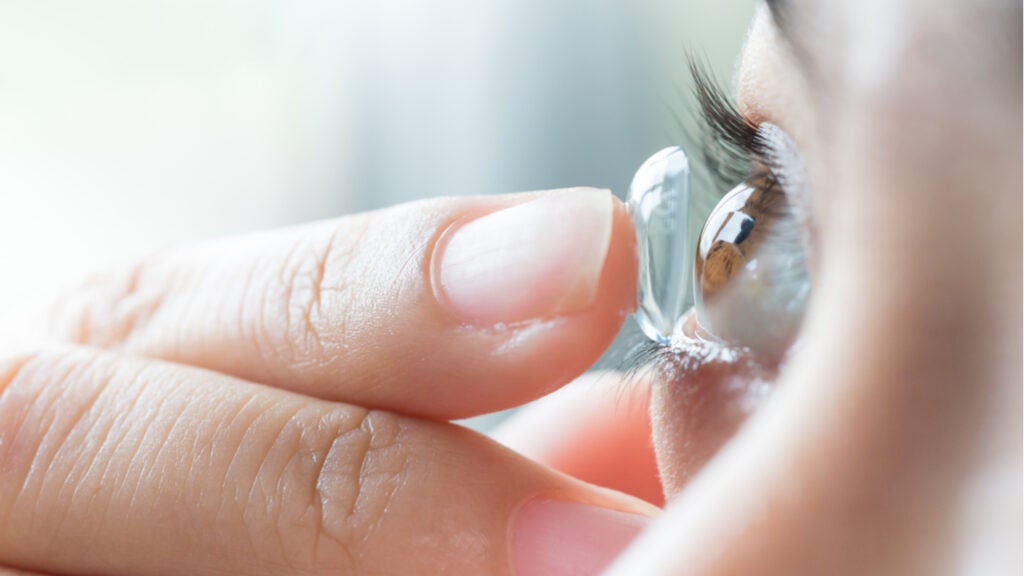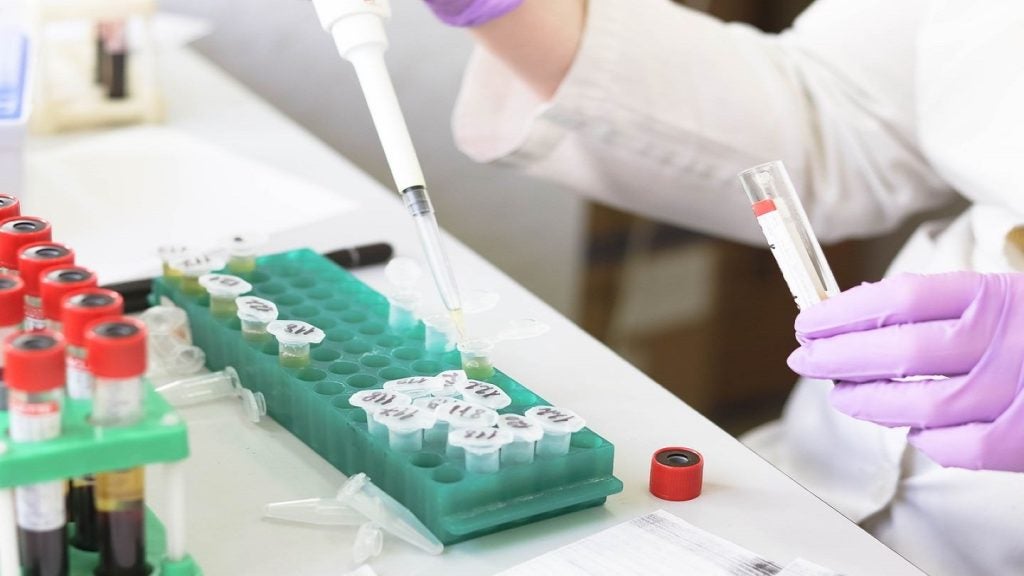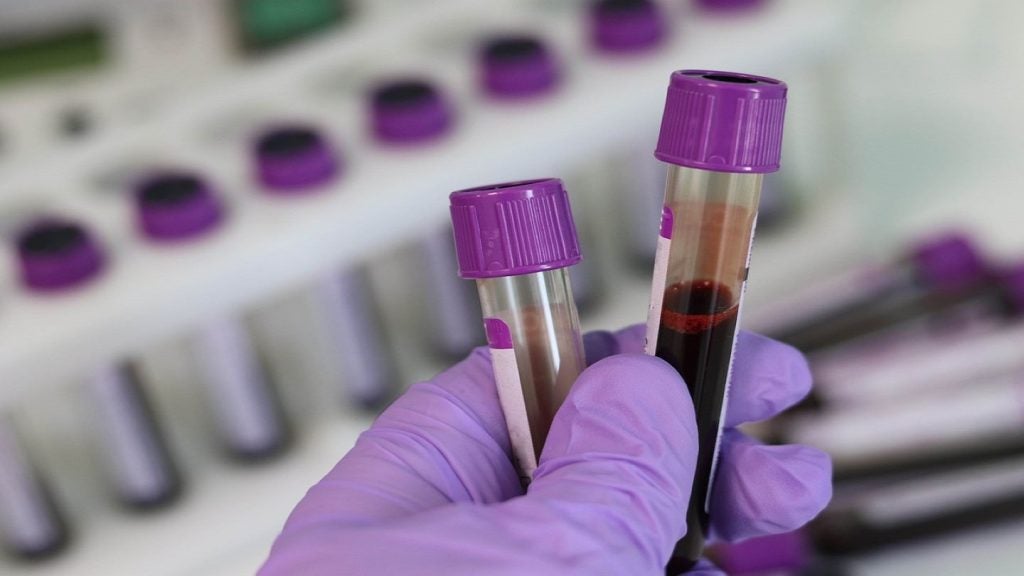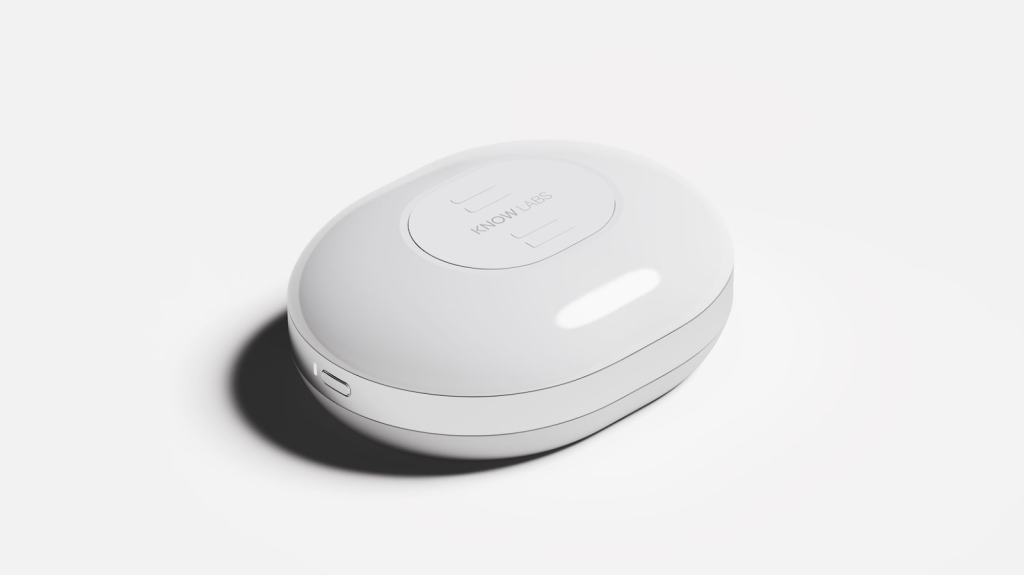A portable high resolution hybrid gamma optical camera developed by UK-based company Serac Imaging Systems, is now in clinical testing in the Unites States. It is expected that the study for the Seracam imaging device will run for around six months and involve 25 patients.
Following testing in Kuala Lumpur, Malaysia, the Ohio State University Wexner Medical Centre is the second site to begin an investigator sponsored study to compare gamma images obtained using Seracam with those captured using a current state-of-the-art gamma camera for nuclear medical imaging, from the same patient on the same day.
In technology that was originally developed by the University of Leicester for satellites in X-ray astronomy, the device uses radiation to image radioisotopes, which are administered to the patient. This reveals information about the function of the body, for example, if there are blockages.
Some potential applications of the camera include bone, renal and infection imaging, lymphatic imaging, and sentinel lymph node localisation, as well as small organ imaging such as the thyroid.
The device is designed to be complementary to the technology that is currently used, and it is hoped it will simplify workflows and bring additional capacity within existing nuclear medicine departments.
According to GlobalData, the global diagnostic imaging market is set to reach $31.9 billion in 2023 and will record steady growth with a compound annual growth rate of 4.8% to reach $45.8 billion in 2030, mainly driven by an increase in the prevalence of chronic diseases and increased demand for imaging procedures from an aging population.
“Our aim is to take nuclear medicine out of the basement and into the hospital,” said Mark Rosser, Chief Executive Officer of Serac Imaging Systems. “We can now take nuclear imaging to places it really couldn’t go before. This could be especially valuable in intensive care wards where we can now take the camera into the ICU without disturbing the patient. A huge win for the hospital and the patient.”
He continued: “We are keen to see how this device performs in the real world. We know it performs well in the lab. However, this is very different to a busy hospital department. We want to make sure that we’ve properly understood how the device fits into a normal clinical workflow to end up with a really polished product to submit for regulatory approval.”




